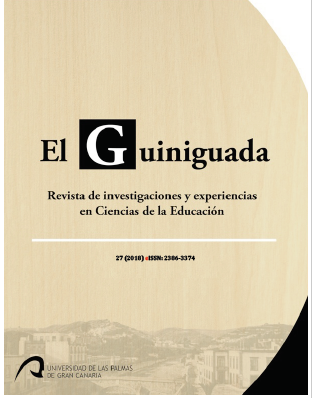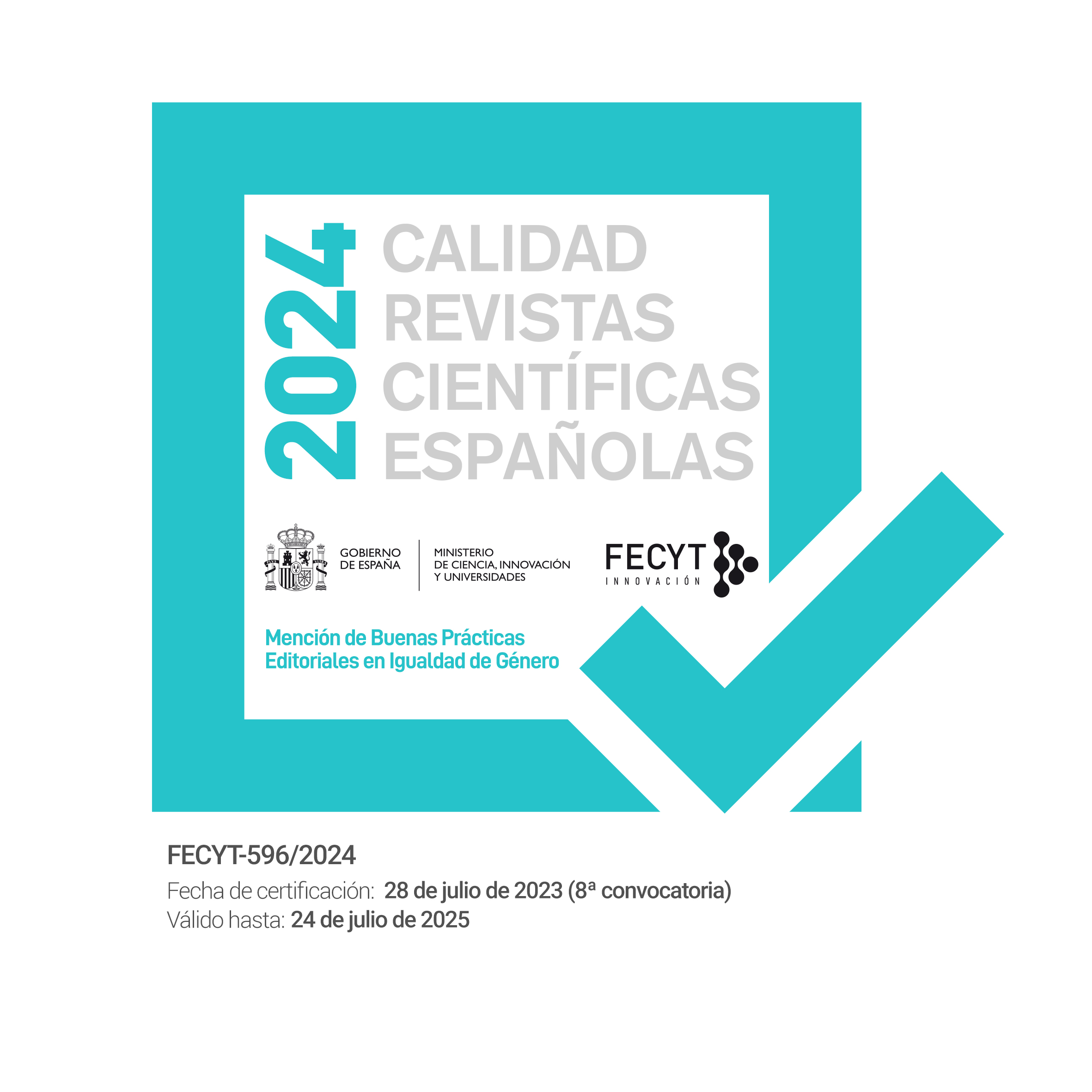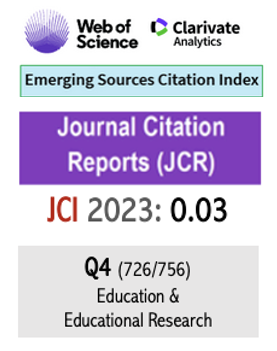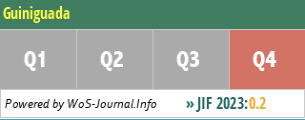Innovación, comunicación y práctica docente. Innovation, Communication & Teaching Practices. doi 10.20420/ElGuiniguada.2018.201
Keywords:
Innovación, comunicación, práctica docente, monográficoAbstract
La innovación es ya hoy en día más que un reto, una realidad que se impone en las prácticas docentes de todo aquel profesorado que se precie. Mantiene además una relación directa con la formación permanente y constituye, por lo tanto, una más de las muchas tareas que directa o indirectamente les son asignadas a los docentes del siglo XXI. En este monográfico se da cuenta de un total de cuatro experiencias docentes innovadoras que constituyen una muestra de otras tantas propuestas que se enmarcan en varias universidades situadas en distintos puntos de la geografía española. Por otra parte, aun siendo diferentes, todas ellas tienen puntos en común y por ello convergen bajo los términos que dan título a esta sección monográfica, a saber: innovación, comunicación y práctica docente.
Innovation is nowadays more than a challenge, a reality that should prevail in the teaching practices of any teacher. It also maintains a direct relationship with lifelong learning and it is, therefore, one of the multiple tasks that are directly or indirectly assigned to teachers of the 21st century. In this monograph there is a total of four innovative teaching experiences which constitute a sample of other proposals framed in several universities located in different parts of Spain. On the other hand, even though these proposals are diverse, they all have common places and therefore converge under the terms that give title to this monographic section, namely: innovation, communication and teaching practices.
Downloads
References
Adell, J. y Castañeda, L. (2013). El ecosistema pedagógico de los PLEs. En L. Castañeda y J. Adell (Eds.), Entornos personales de aprendizaje: Claves para el ecosistema educativo en red (29-52). Alcoy: Marfil. Recuperado de www.um.es/ple/libro.
Díaz, E. (2014). La formación permanente del profesorado: Análisis y sentido. El Guiniguada. Revista de investigaciones y experiencias en Ciencias de la Educación, 23, 53-62.
García Bermejo, M. L., & Fleta Guillén, M. T. (2013). The 'Art' of Teaching Creative Story Writing. En: Janice Bland, Christiane Lütge (eds.). Children's Literature in Second Language Education. London: Bloomsbury, 195-204.
Gómez Parra, M. Elena; Serrano Rodríguez, R.; Amor Almedina, M. I. y Huertas Abril, C. I. (2018). Los trabajos de fin de grado (TFG) como innovación en el EEES. Una propuesta de tarea colaborativa basada en la tutoría piramidal. Educar, 54/2. 369-389.
Johnson, D.W., Johnson, R.T. y Holubec, E.J. (1999). El aprendizaje cooperativo en el aula. Buenos Aires: Paidós.
Zabalza, M. A. (2003-2004). Innovación en la enseñanza universitaria. Contextos Educativos, 6-7, 113-136.
Published
How to Cite
Issue
Section
License
Authors who publish with this journal agree to the following terms:
- Authors retain copyright and grant the journal right of first publication with the work simultaneously licensed under a Creative Commons Attribution License that allows others to share the work with an acknowledgement of the work's authorship and initial publication in this journal. You can not make a commercial use of the work. The use derived from the work is also not allowed.
- Authors are able to enter into separate, additional contractual arrangements for the non-exclusive distribution of the journal's published version of the work (e.g., post it to an institutional repository or publish it in a book), with an acknowledgement of its initial publication in this journal.
- Authors are permitted and encouraged to post their work online (e.g., in institutional repositories or on their website) prior to and during the submission process, as it can lead to productive exchanges, as well as earlier and greater citation of published work (See The Effect of Open Access).
















